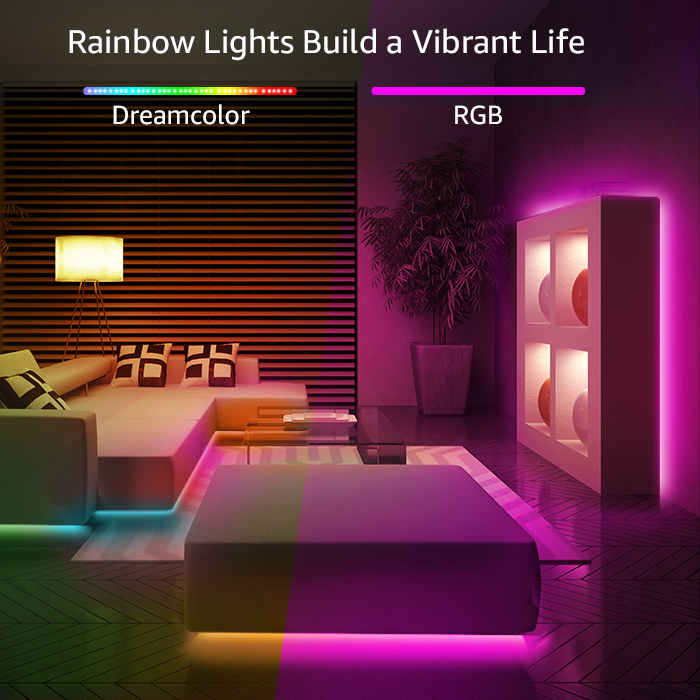The list of major discussions on LED lighting currently circulating is unlike whether UV (UV) light source is included. Numerous comments are made online that "LEDs lack UV emissions." and then you can find the ones that say that they are not entirely correct. So what kind might it be? All depends on how you see it.
First of all, you need to know what people actually ask. Much of it seems to be about one of two things: is it true that there is a health issue with using LEDs, or is it that LEDs are much better than any other light source to protect artwork and UV films, objects, decorative design and discolouration?
We need to first remember how white light LEDs are produced in order to address these questions. It is important to bear in mind that LEDs cannot give white light without going into every precise scientific detail of the different Gallium doping mixtures of semiconductor diodes. All spectrum types are composed of white light. While science was able to produce LEDs in the 3 key additive lightweight types (red, green and blue) as well as the various nuances of such styles, genuine white evaded them.
It wasn't until 1993 that White LEDs emerged. Brilliant Blue LEDs were made. Science has found that the blue lighting turns the phosphorus into another color wavelength that the bare eye perceives as yellow light by coated with phosphorus, combined with a rare earth mixture.
The spectrum of the gentle formed by this particular phosphorus mix, in spite of some popular beliefs, is broadband in nature and emitts a much longer wavelength, giving a whole range of visible light.
While fluorescent technology still uses phosphorous (the interior of the fluorescent and CFL lamps) the spectrum of combustion is much broader, once the phosphorous fuses in with LED lighting.
With white LEDs, the phosphorus covers thickness and also the phosphate itself the amount of brilliant blue LED light absorbed by phosphorous is partly determined. The different temperatures of the LEDs are Kelvin and CRI. The further blue the phosphorus absorbs, the heat of Kelvin decreased and the illumination decreased by yellower (redder). This affects the LED's productivity. The decreased Kelvin thermal energy, the greater the phosphorus absorbs the actual LED light and the greater the power needed to produce an equal light output.
Turning now to our original topic, are White LEDs in popular lighting applications assisted by UV light? Blue LEDs used in White LEDs contain a number of UVs (in the 400-425nm range); however the phosphorous UV levels are lower than what is generated. In fact, very little is statistically suggested on the last long length of emitted UV that White LEDs do not emit UV light.
Can ample UV be emitted anyway to create a risk for health? However, no, the UV level from white LEDs is essentially below 1%. Driven lighting is now a burning option for museums to preserve precious objects and retain their original colours. However in a clean room, where some forms of film are sensitive enough to UV, you do not need to use an unfiltered LED that is mild to 415nm wavelength.
Driven lighting has Uv Light, in conclusion? All depends on how you see it. White LEDs generate a UV light source, but less.

Comments
Post a Comment